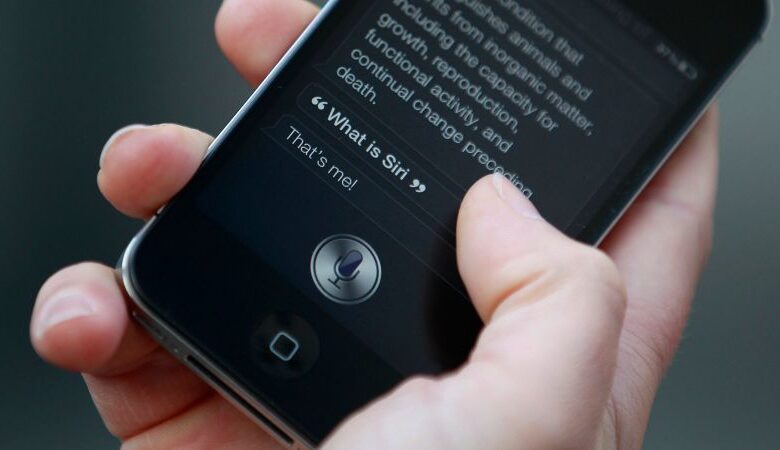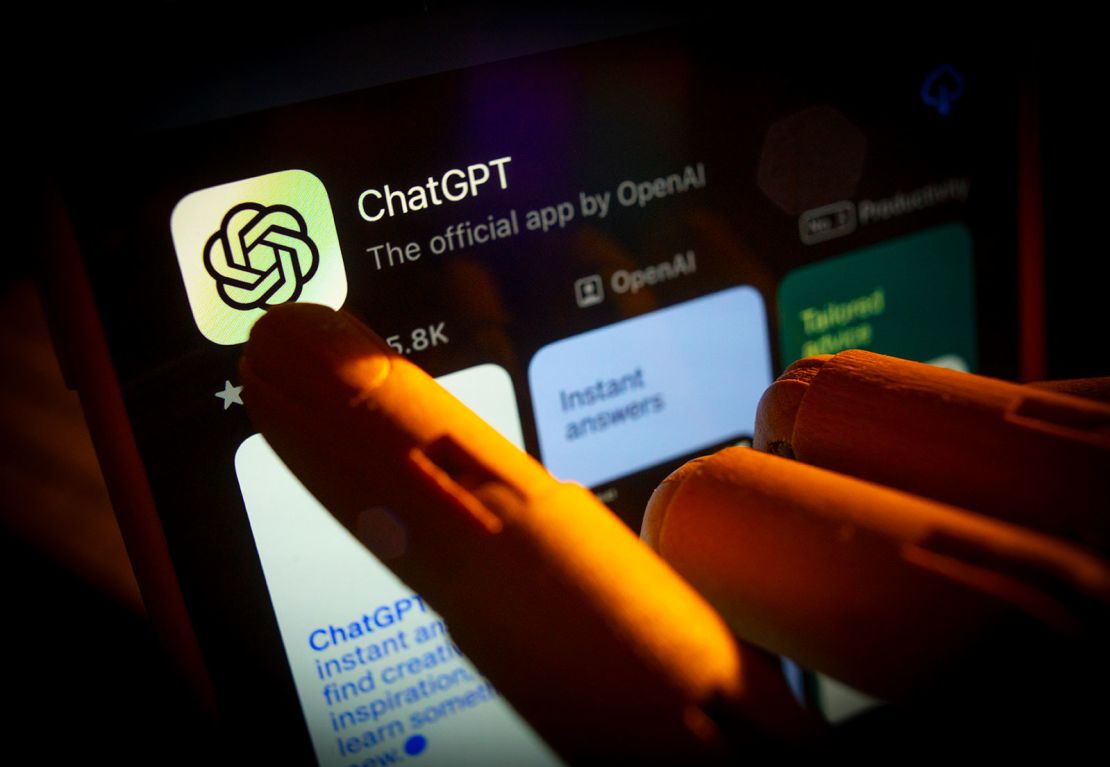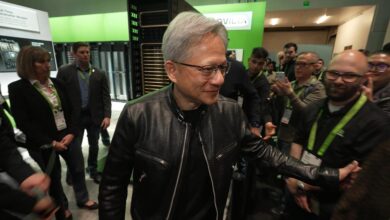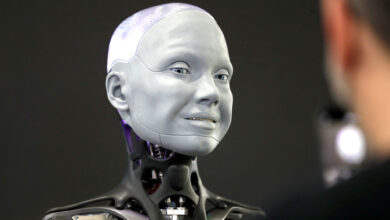Apple prepares for its 2024 WWDC event

CNN
—
Apple is on the verge of kicking off perhaps its most important event in years as it faces a gauntlet of challenges.
At its annual Worldwide Developers Conference starting Monday, the company is widely expected to announce a partnership with ChatGPT maker OpenAI and unveil the first batch of generative AI tools coming to its mobile operating system.
A big push into AI could spur growth for iPhone sales and services for years to come, as users are now waiting longer to upgrade their devices and an uncertain economic environment weighs on consumers, particularly in China. The company also faces regulatory scrutiny in Washington and was passed this week by chip maker Nvidia as the second-largest public company in the US.
“We see generative AI as a key opportunity across our products and believe we have advantages that set us apart there,” Apple CEO Tim Cook said on the company’s most recent earnings call in early May, noting the company would announce news in the “weeks ahead.”
The timing is also noteworthy: Apple is not always first to adopt and integrate emerging technologies — it typically researches, develops and aims to perfect new tech for years before including it in new products — but the speed at which the world is adopting generative AI is perhaps expediting the company’s need to have a smartphone with the most cutting-edge technology.
According to Wedbush analyst Dan Ives, the company going all in on AI will “kick off a new frontier for Apple” – one that will have a lasting impact on its products and services.
Here’s a closer look at what to expect at Apple’s big event:
AI, AI and more AI
Apple is expected to call its AI initiative “Apple Intelligence” and make opt-in only. It will require an iPhone 15 Pro or a device with an M1 chip or newer, according to a new report by Bloomberg.
Perhaps the most obvious way Apple could embrace generative AI – the buzzy form of artificial intelligence that can provide thoughtful and thorough responses to questions – is through Siri, the company’s virtual assistant with a hit-or-miss track record. An integration with OpenAI’s latest ChatGPT-4o model could catapult Siri years forward by turning the feature into an iPhone chatbot.
This could enable Siri to perform specific tasks such as recalling a picture taken years ago on the device or answering detailed questions about the weather, the news or trivia. Over time, it could learn the user’s preferences and even personality, and respond accordingly.
Looking at how competitors have already introduced generative tools, AI-powered features for the iPhone could also likely assist users with summarizing and drafting emails or bringing information up on a device’s screen with a finger gesture. It will also likely adapt automatically and seamlessly to users, based on voice, audio and natural language, along with images and contextual cues.
“Generative AI will allow the next generations of iPhones to become a sixth sense, empowering us to scan and interact with the world around us,” Thomas Husson, an analyst with market research firm Forrester, told CNN.
It could also mean changes for Apple’s whole ecosystem by embedding AI within its own apps, such as Apple Maps, iMovie and iPhoto. Some analysts expect Apple to release tools for brand developers and app makers to create new experiences.
Reece Hayden, a senior analyst at ABI Research, said he expects the demos during the event to highlight points where on-device AI brings additional value. He also believes Apple will spend time outlining its long-term vision.
“AI will increasingly be foundational to Apple’s entire strategic focus, so it will highlight the R&D efforts moving forward, expected investment and acquisitions that the company has made to support their proposition,” he said.

In the spring, Apple was reportedly discussing partnership opportunities with both OpenAI and Google to power its AI tools. But now the company is believed to have inked a deal with the ChatGPT creator, a partnership Apple could elaborate on during the opening keynote on Monday.
“If OpenAI is responsible for powering Apple’s AI capabilities, I would expect a formal partnership announcement as consumers and enterprises want to understand the regulation and rules and what they are signing up for and how their data is being utilized,” Hayden said.
Although the partnership would give the company a much-needed innovation boost, it could also hinder Apple’s control over product development and over the rules and regulation on data collection and privacy, Hayden said.
Apple aligning itself with a company and a technology that have yet to win public trust could pose some risks for Apple down the line. OpenAI continues to face criticism over some of its practices. This week, a group of current and former OpenAI employees demanded artificial intelligence companies be far more transparent about AI’s “serious risks” — and that they protect employees who voice concerns about the technology they’re building.
The group called for AI companies to foster “a culture of open criticism” that welcomes, rather than punishes, people who speak up about their concerns, especially as regulation struggles to catch up to the quickly advancing technology.
A focus on privacy and security
Apple has been long focused on consumer privacy and security, and that will likely also be reflected in Monday’s announcements.
Companies have acknowledged the serious risks posed by AI — from manipulation and the spread of misinformation to a loss of control that could potentially result in human extinction. Many researchers and AI workers have expressed the need to better educate the public about risks and protective measures.
Apple will need to address how using this type of technology will impact consumers.
Apple will likely provide an update to its Vision Pro mixed reality headset, which was announced one year ago this week and released for purchase in February.
During its most recent earnings call, CEO Tim Cook said more than half of the Fortune 100 companies have already bought an Apple Vision Pro. “[We] are exploring innovative ways to use it to do things that weren’t possible before,” he added.
Generative AI could potentially propel the headset into another level of personalization and immersion and usher in new use cases for businesses, particularly in the education and medical spaces.
Tuong Nygugen, a director analyst at market research firm Gartner, said any company interested in headsets “has to be thinking about [AI]” across all of its product lines.
“Nobody really knows what’s a winner yet, so they’re pulling together all these use cases right now, with a focus on enterprise, and making a case for why this is the future of experiences and devices,” he said.
Upgrades could also boost sales of the pricey Vision Pro, which starts at $3,499 and has reportedly seen weak demand.



